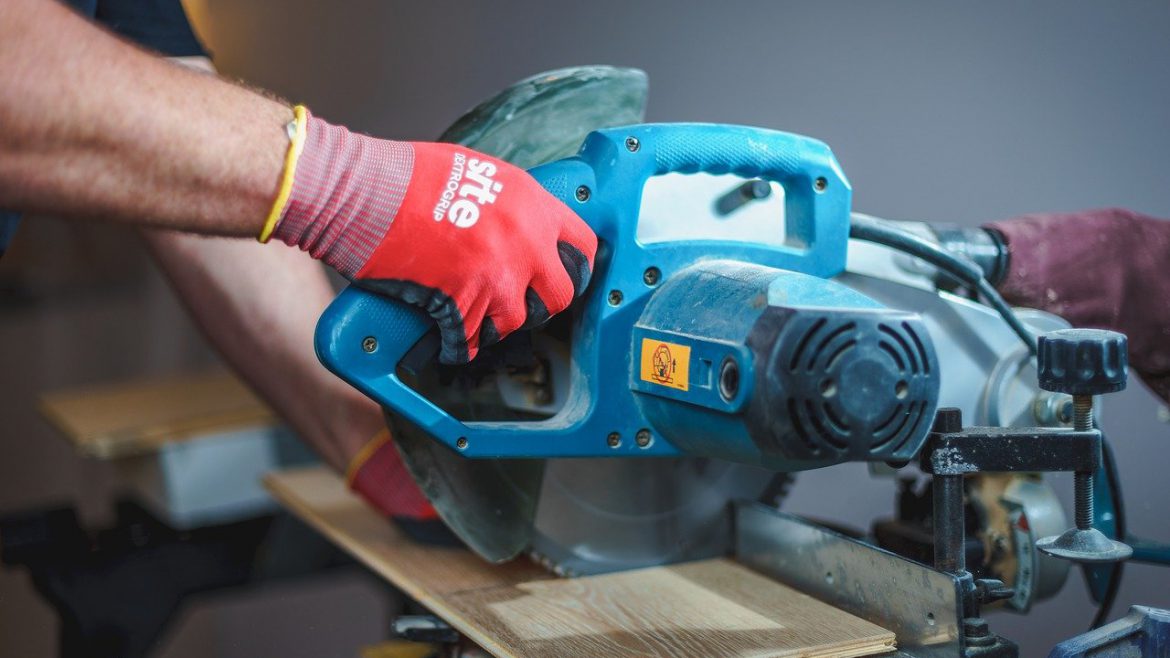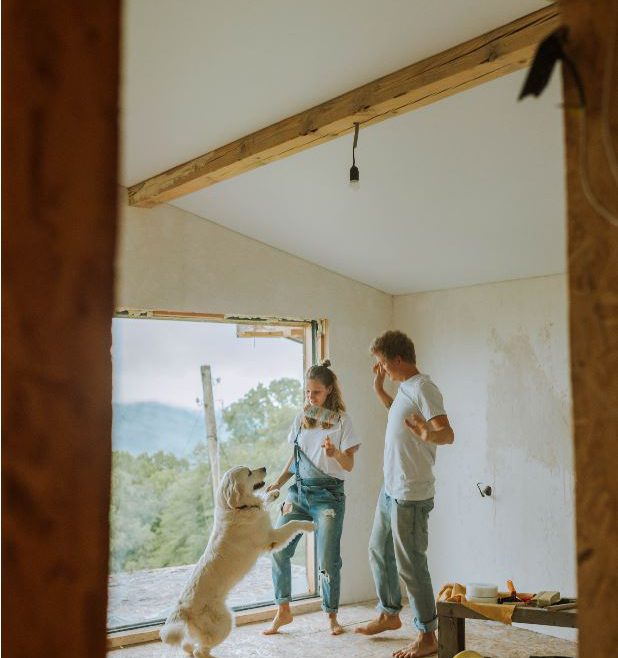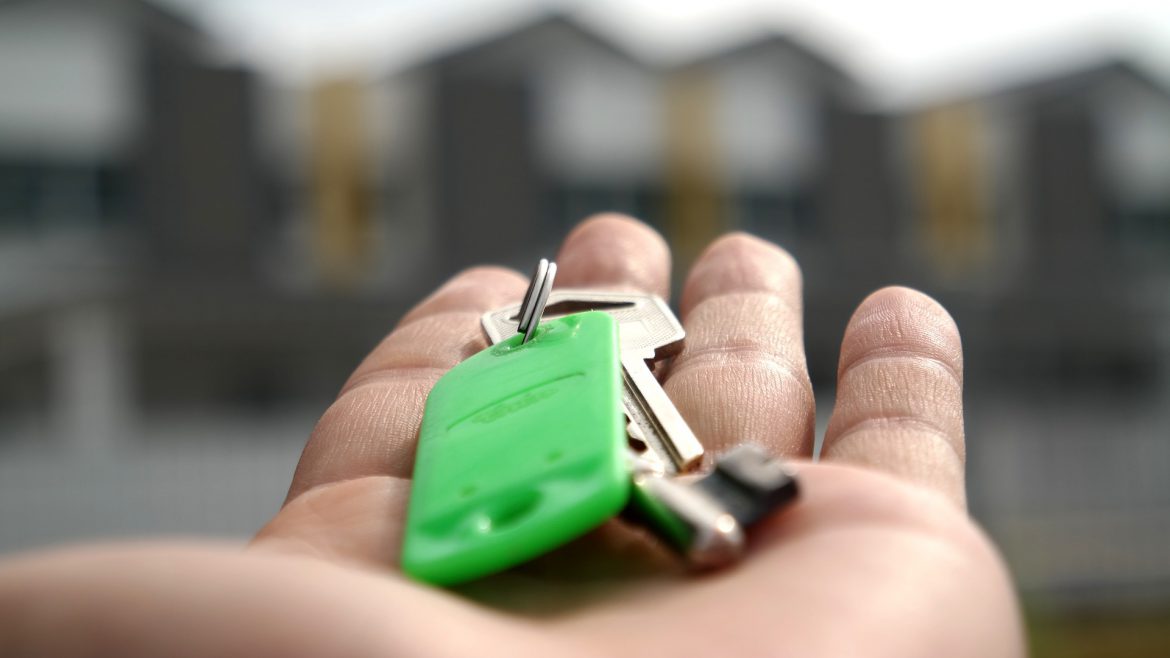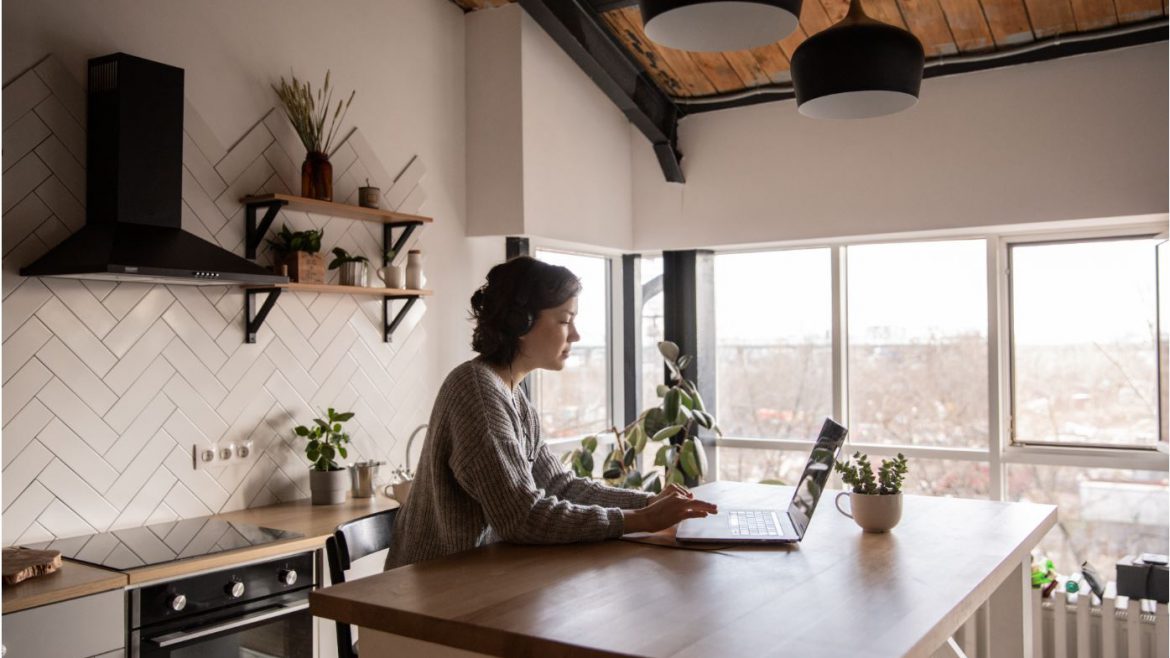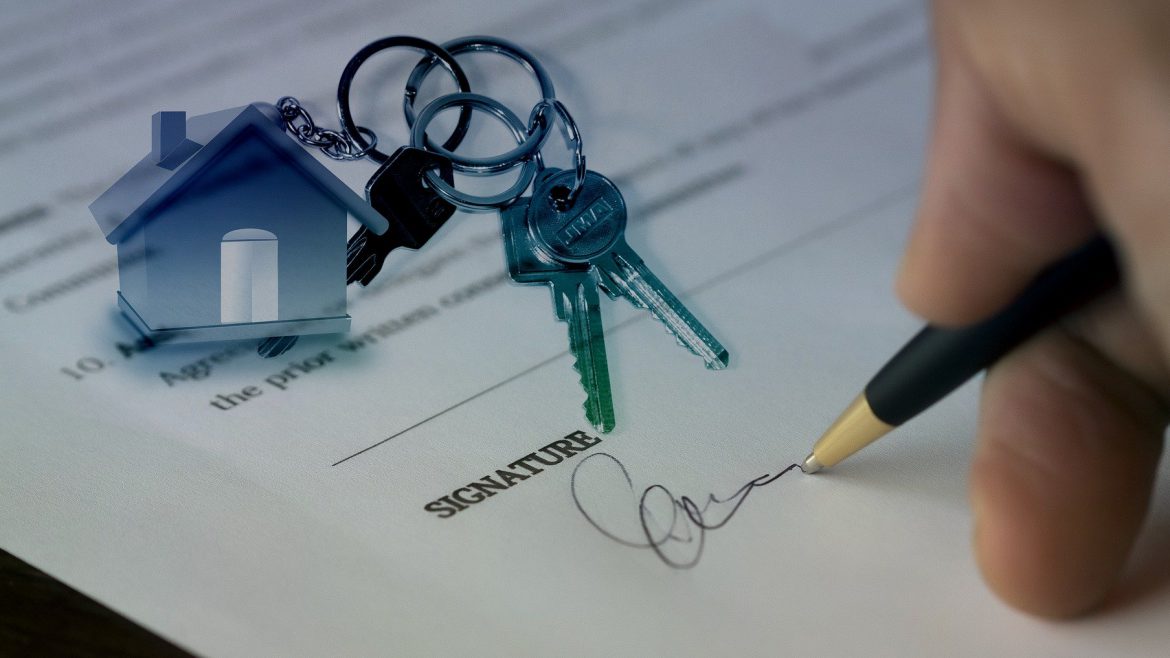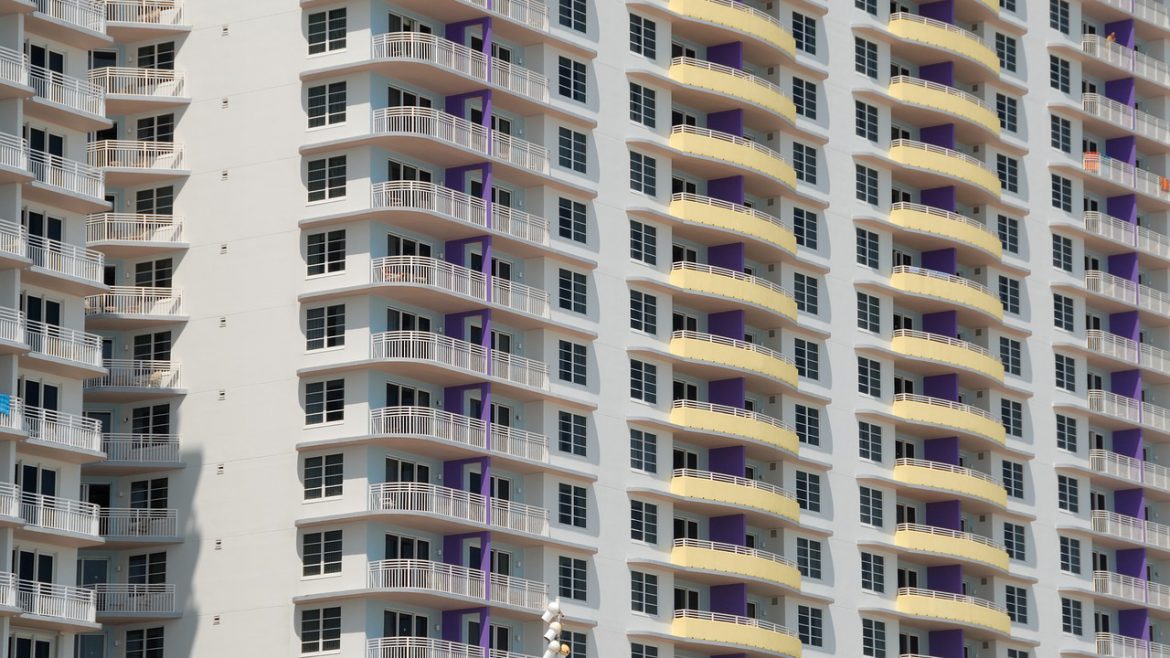Finding your renovation budget
https://imaginahome.com/wp-content/uploads/2021/05/builder-3546203_1280-1024x682.jpg 1024 682 Nisha Muire Nisha Muire https://secure.gravatar.com/avatar/09971b406125a2f92a37bf65b08fd3c3?s=96&d=mm&r=gToronto real estate is in a seller’s market. Prices are high and competition fierce for the homes on the market. It is no wonder that many people are choosing to stay put and renovate instead of wading into such a hot market. Then there are those who are renovating to maximize the returns they can get when they do list their property. Whatever your reason for wanting to renovate, the first step is figuring out how you will finance your reno. Financing a renovation is one of the very few acceptable reasons for incurring debt. Renovations are considered a good debt because they add to the value of your home.
Budget
Once you have determined the kind of budget you will need for your renovation, you will have to think about where to secure that funding. If your project is small, then you might already have the funds set aside or can postpone your reno a few months to save it up. However, if your project is large then there are several options available to you for financing.
HELOC
The home equity line of credit is one of the smartest ways to finance a home renovation. The HELOC lets you borrow money against the equity built-up in your home – up to 80% of your home’s value (loan plus mortgage combined). HELOCs require you to repay only the interest every month, making them extremely flexible. The only caveat with a HELOC is that you must be disciplined enough to draw down on it only for the project at hand and not be tempted into using it to float any shortfalls in your monthly budget. As there are no requirements to pay back the balance each month, the other danger is that you never really ever end up paying the loan back. However, if you are disciplined and know that you can repay what you borrow and won’t use it for vacations or other miscellaneous expenses, then a HELOC is a great way to finance a reno. And, because of its flexibility, you can borrow and repay against it as often as you like.
Remortgage
The next option for financing a renovation is to remortgage your home. As long as you have a realistic budget and know how much you will need for contingency remortgaging your home will give you the best interest rates and it will force you to repay the loan every month – making it an ideal way to ensure that you don’t simply float the loan indefinitely. The only drawback with remortgaging your home is that it is not as flexible as a HELOC. If the project costs more than anticipated or you have other projects you want to do afterwards, you will again have to look for a way to finance them.
Personal loan or unsecured line of credit
The other options for financing your home renovation is through a personal loan or a line of credit. While they are both solid options if you aren’t able to access a HELOC or remortgage your home, they will cost you more in the longer run and are not very flexible either. Furthermore, if you don’t make the minimum payments on the line of credit every month, the interest charges can balloon your debt significantly in a short amount of time.
Home renovations are great not just for adding value to your home, but also for creating a space tailored to your needs, your aesthetic and your comfort level.

